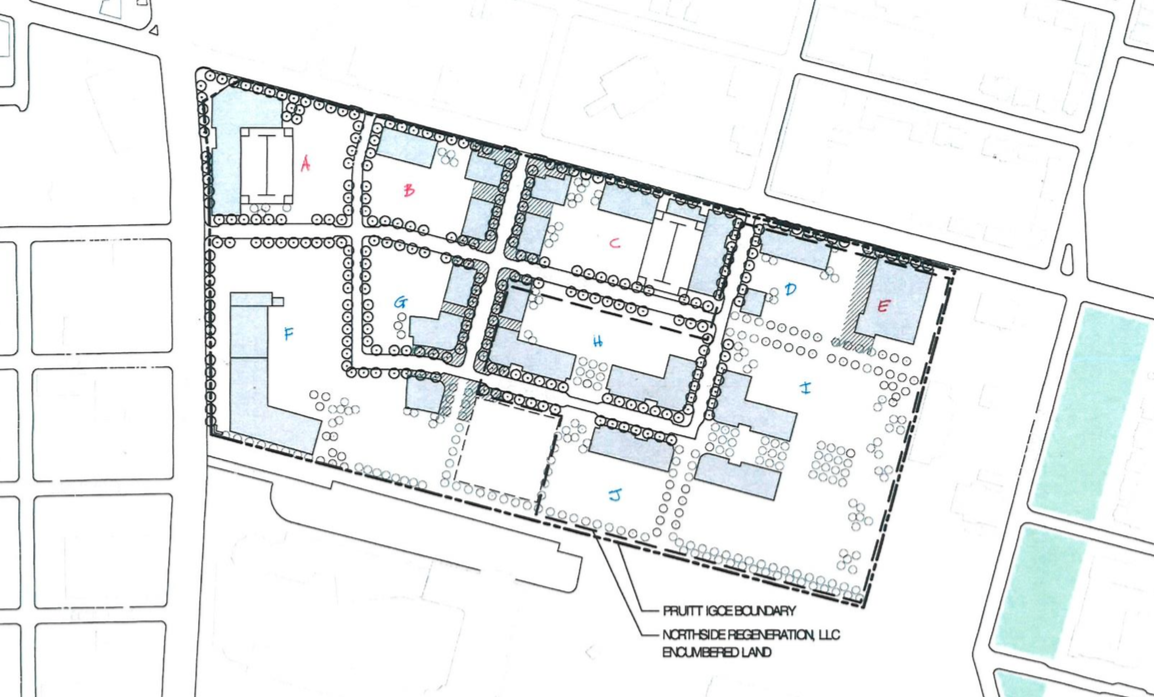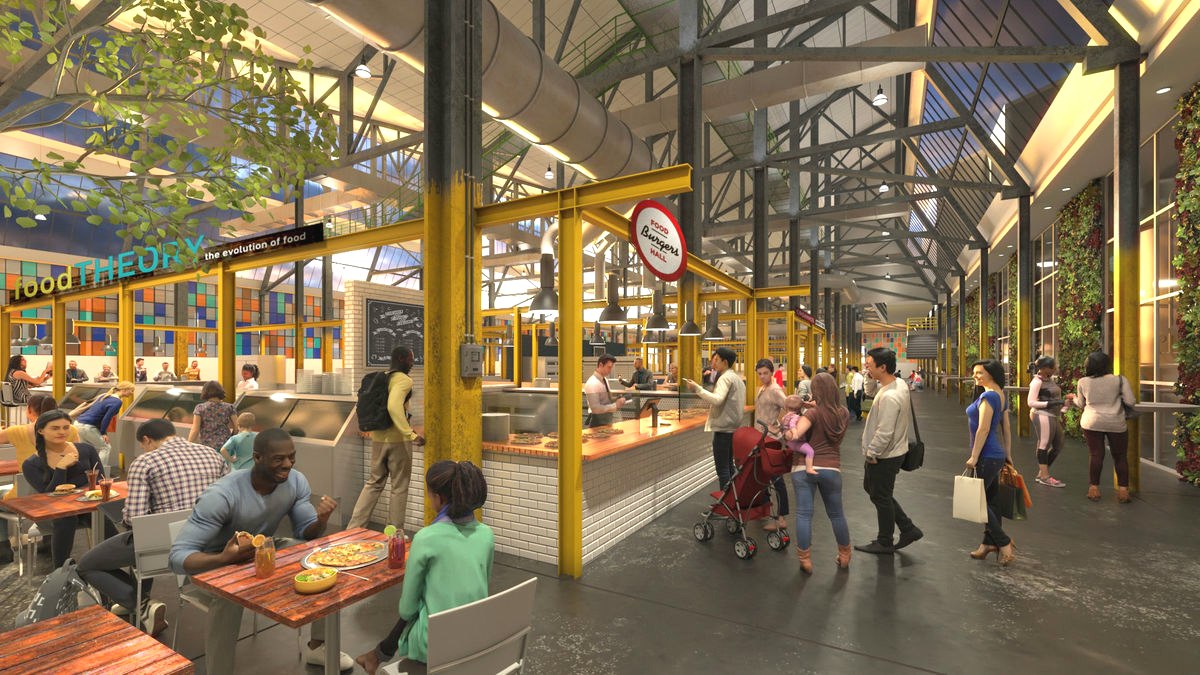There’s a lot happening in St. Louis and sometimes important updates and items don’t make the cut for a feature story on nextSTL. When that happens, we put it all together in our News Roundup:
There’s increasing recognition of and interest in the impact Millennials are having on our cities. What we are discovering is that this really is a generation with different expectations and outcomes. This isn’t simply another iteration of past generations. Here, nextSTL is cited by the Pew Charitable Trusts:
Millennials Bring New Life to Some Rust Belt Cities – The Pew Charitable Trusts
Alex Ihnen, who writes about development at nextSTL.com, said St. Louis and other Rust Belt cities have relatively small downtown areas that can draw large numbers from surrounding suburbs.
“Millennials are having a greater positive impact on the population of the city of St. Louis than any generation in several generations,” he said.
__________________
Looking at old cities and historic population trends, Pete Saunders over at Forbes cited the PXSTL population study by nextSTL and UIC. Then St. Louis Magazine took a look at the Pew item and referenced the nextSTL post, “Millennials are Saving St. Louis, and Why We Need More of Them”. The articles also fit well with our latest look at St. Louis population: STL at 400K: How and Why to Add Residents to St. Louis City.
Why Most Cities Will Never Be All They Used To Be – Forbes
This first came to my attention nearly two years ago, in a piece by Alex Ihnen of Next STL, a blog about all things St. Louis:
“What portion of the city’s population decline was “inevitable” or attributable to demographic changes? How much was due to macroeconomic trends? How much may be the result of local policy? It seems nearly everyone believes that the city should seek to add residents, but how, where, why?”
__________________
Priced Out By Bigger Cities, Educated Millennials Are Moving to St. Louis – St. Louis Magazine
The Millennial generation, those born in the early 1980s to 2000, are credited with revitalizing urban neighborhoods across the nation. They’re also mocked for wearing tight jeans, riding steel bicycles, and enjoying craft beer. But only the willfully ignorant or those preening on the journalistic crutch of self-righteous certainty bestowed upon them by decades of the same, can deny the massive and unprecedented demographic shift that is remaking our inner cities.
__________________
Developer Brian Hayden has completed another apartment conversion in downtown St. Louis. The Alverne was not a pretty building, having long been stripped of its ornamental charm. Now not only did Hayden add apartments without a TIF or historic tax credits, he’s introduced a different type of housing.
The Alverne is latest apartment project of developer Brian Hayden – St. Louis Post-Dispatch
Developer Brian Hayden’s newest project is a 1920s building constructed for a men’s club. For another project down the road, he plans to put ramps inside a mid-rise building to allow residents to park at their doors.
The developer includes Gallery in the name of all his downtown St. Louis apartment developments. Hayden’s first downtown project to open, in 2012, was Gallery 400, at 400 Washington Avenue. Next came Gallery 515, at 515 Olive Street, followed by Gallery 720, which is still filling with residents at 720 Olive.
__________________
This week has seen incredible success by the U.S. Olympic Swimming Team in Rio, but one medal was culturally and historically more significant than others. When Simone Manuel won an individual gold medal in the 100M freestyle, she became the first African American woman to earn individual Olympic gold medal. Swimming pools were just one of the places where the American Civil Rights struggle played out. At nextSTL, we published a history of the integration of the Fairground Park pool, once the city’s largest. It’s a good time for a re-read:
The History We Choose to Forget – nextSTL
In 1912, three years after Fairground was dedicated as a public park, the city began construction of a swimming pool on the site of the former fair’s amphitheater. It was the first municipal pool in the city of St. Louis and, just as the amphitheater had been the largest in the country, the original Fairground Park pool was the largest in the world. It had a diameter of 440 feet, almost one and a half times the length of a football field, and hosted between 10,000 and 12,000 swimmers per day.
For 37 years the pool provided an escape from the summer heat, but only for white patrons. In 1949, St. Louis city officials decided to open the pool to the city’s black residents in response to a federal court’s holding that prohibiting blacks from using public golf courses was a violation of the 14th amendment.
__________________
In June we wrote NorthSide Is Dead, Long Live NorthSide as the coming massive NGA headquarters coming to the heart of this languishing redevelopment area marks the point of the old promised vision dying and something else coming. Now Paul McKee has exercised his option on the remaining Pruitt-Igoe site, purchasing the 34 acres for about $1M. This past November we covered a rezoning of the site: Anticipating NGA Headquarters, Pruitt-Igoe Site to be Re-Zoned. Now we wait for what comes next.
McKee buys Pruitt-Igoe site, a symbol of St. Louis’s decline, and now, rebirth – St. Louis Post-Dispatch
The woods at Cass and Jefferson avenues have had 40 years to overwhelm the concrete where homes for thousands of people once stood.
A newcomer might mistake it for a park, but that green overgrowth covers what many point to as “Exhibit A” in urban housing policy failure and the decline of St. Louis in the latter half of the 20th century.
__________________
In the ongoing competition for the next MetroLink expansion, the city has now funded a full examination of a north-south line through the city and into suburban north and south St. Louis County. That’s good news, but the best news is that the $2Ms came from city parking revenue via the St. Louis City Treasurer’s office. (A look at what a north-south MetroLink line may look like: Northside/Southside MetroLink Expansion and Transforming Transit in St. Louis.

City Parking Commission approves $2 million in funding for Metrolink study – The St. Louis American
The St. Louis Parking Commission is putting up $2 million to study a possible north-south MetroLink expansion. Members voted unanimously Thursday to spend funds from the Parking Division’s unrestricted reserves to re-examine the 17-mile route that would connect St. Louis’ downtown to north and south St. Louis County.
The vote authorizes money to go in $200,000 increments to the East-West Gateway Council of Governments, which is conducting the study and has already issued a request for cost estimates from consultant firms. The 17-mile expansion to be studied would connect downtown St. Louis to north and south St. Louis counties.
__________________
It appears that Tim Hortons will be building a standalone story in Lafayette Square. The parcel is a vacant slice of land next to Field Foods and Walgreens. It’s OK to like donuts, even bad ones, but it seems worth a reminder that a drive-though chain donut store is not the same as economic development. What to expect:
_________________
The preliminary agenda for the City of St. Louis Preservation Review Board was post this past week and sees a return of the BMO Harris plan for the Southwest Bank site (see below), as well as the 126-unit infill proposal in Soulard. We expect that the BMO Harris images released are what will go before the board. Some tweaks are expected on the Soulard project. There are also two significant demolition requests on the agenda: Crescent Planing Mill Co. building at 3217 N. 9th Street, and 4171 West Belle Place, a home we have written about before in St. Louis Yesterday, Today and Tomorrow in 9 Buildings.
_________________
Trending on nextSTL this week
Design Evolution Continues With BMO Harris Plan for Southwest Bank
_________________
City Foundry Food Hall & Market Planned for 2018 Debut at East of Cortex
_________________
42 Images of The Locust Street YMCA – 90 Years In Downtown St. Louis
_________________
1M Gallon, $45M Aquarium Announced for St. Louis Union Station
_________________
How Centene’s $770M Clayton Corporate Campus Project and NIMBY Opposition Fall Short
_________________
City Seeks Developer for Wedge Lot at Manchester-Chouteau in The Grove
_________________

















